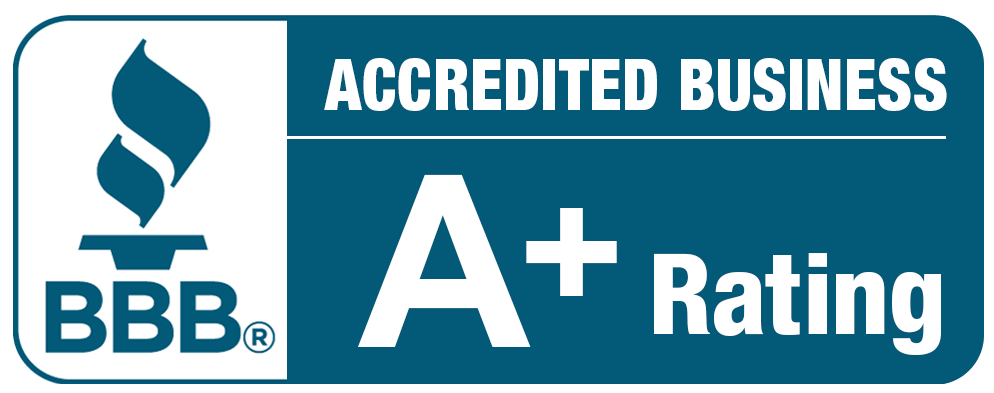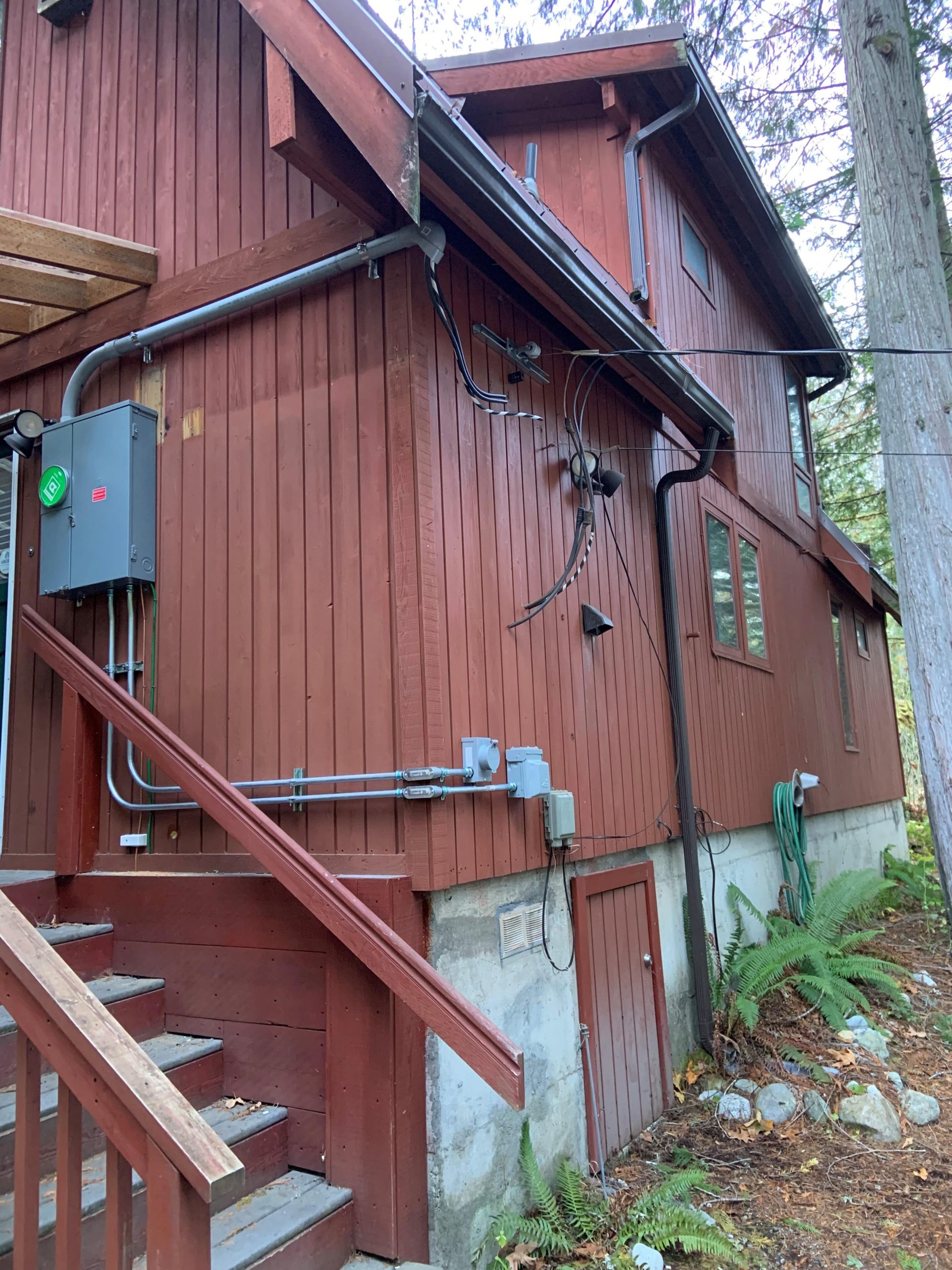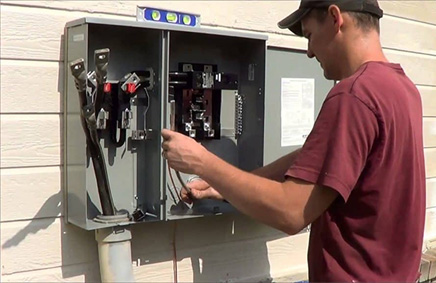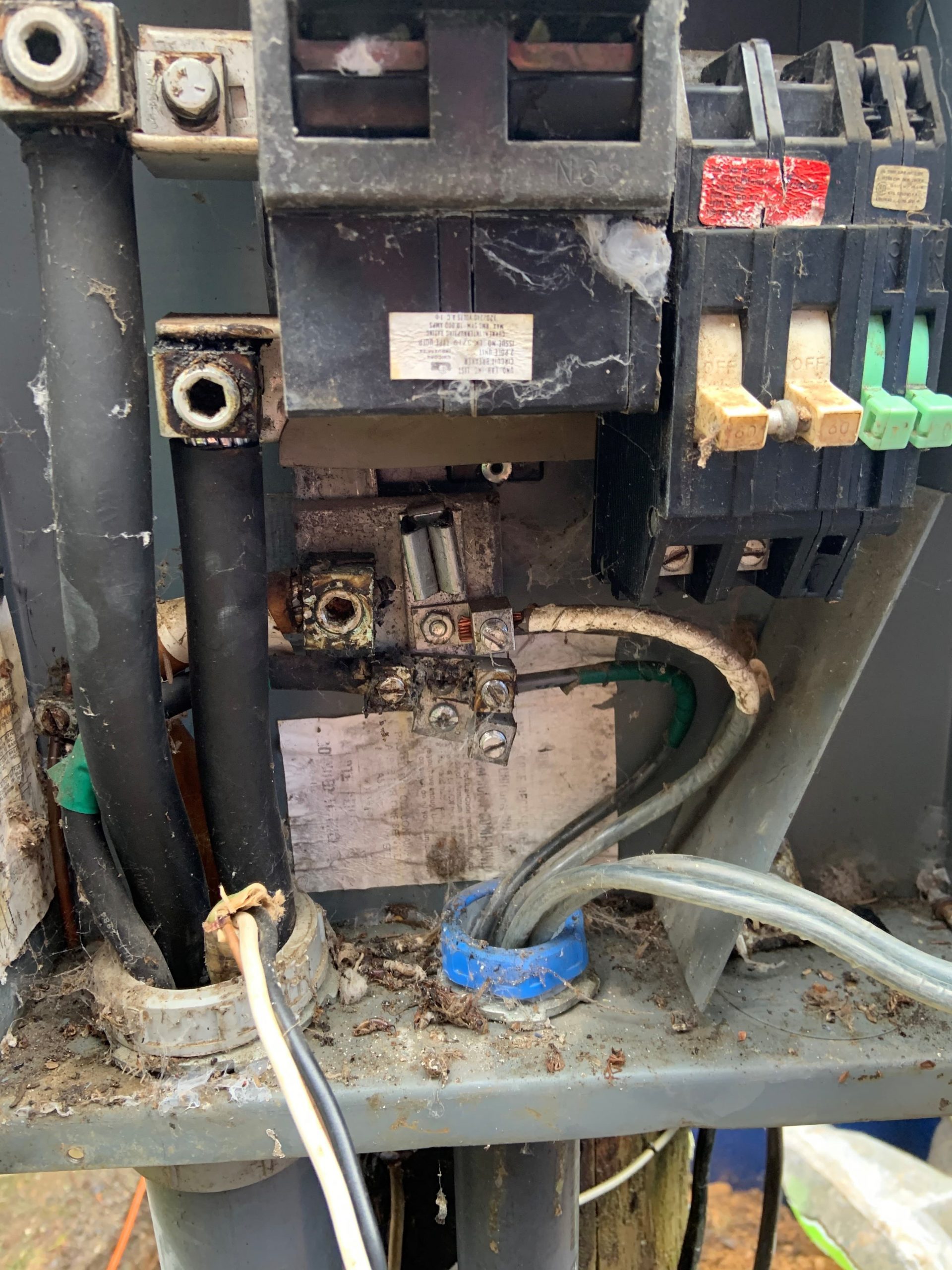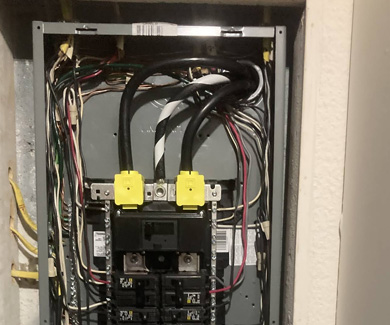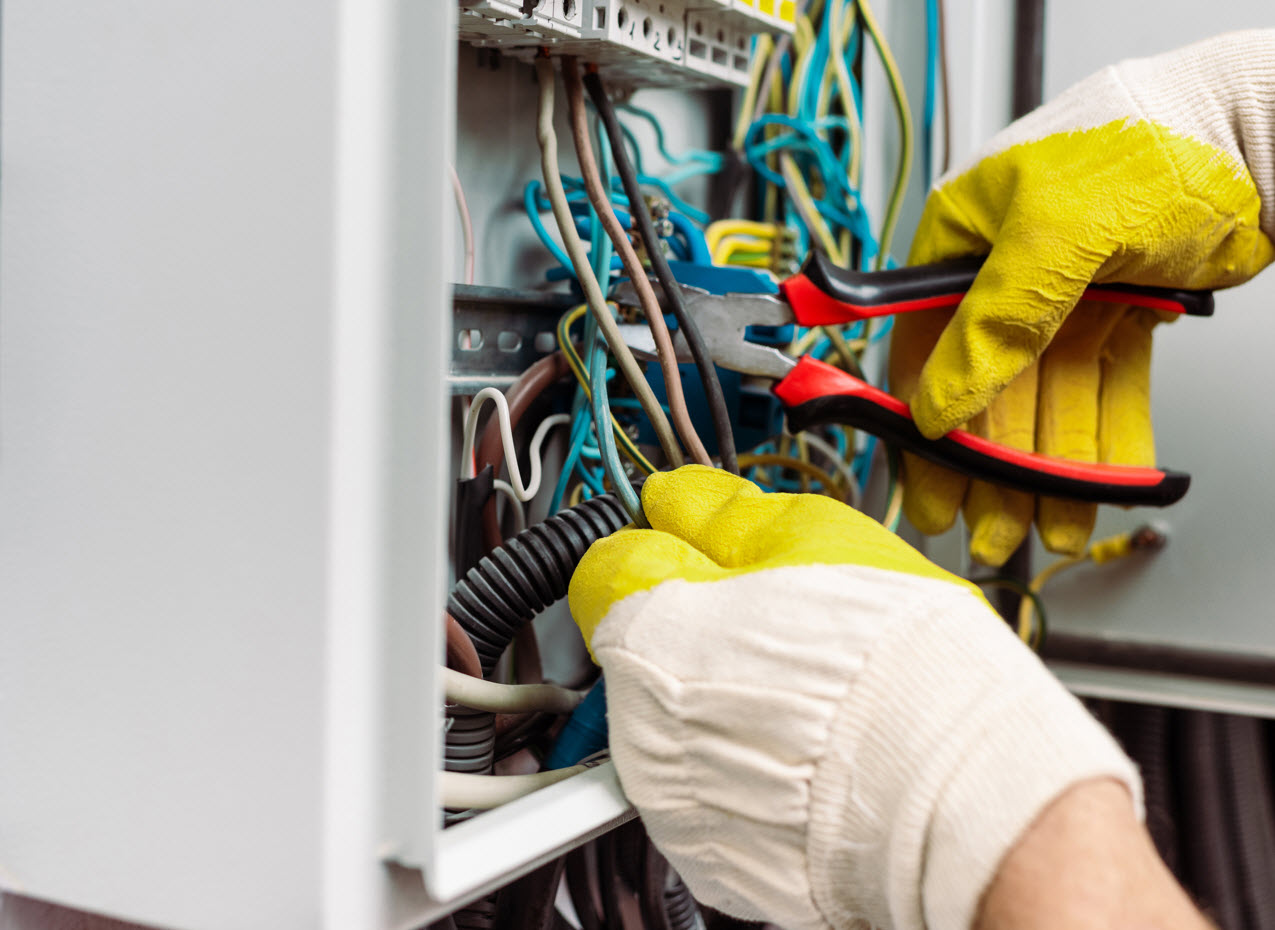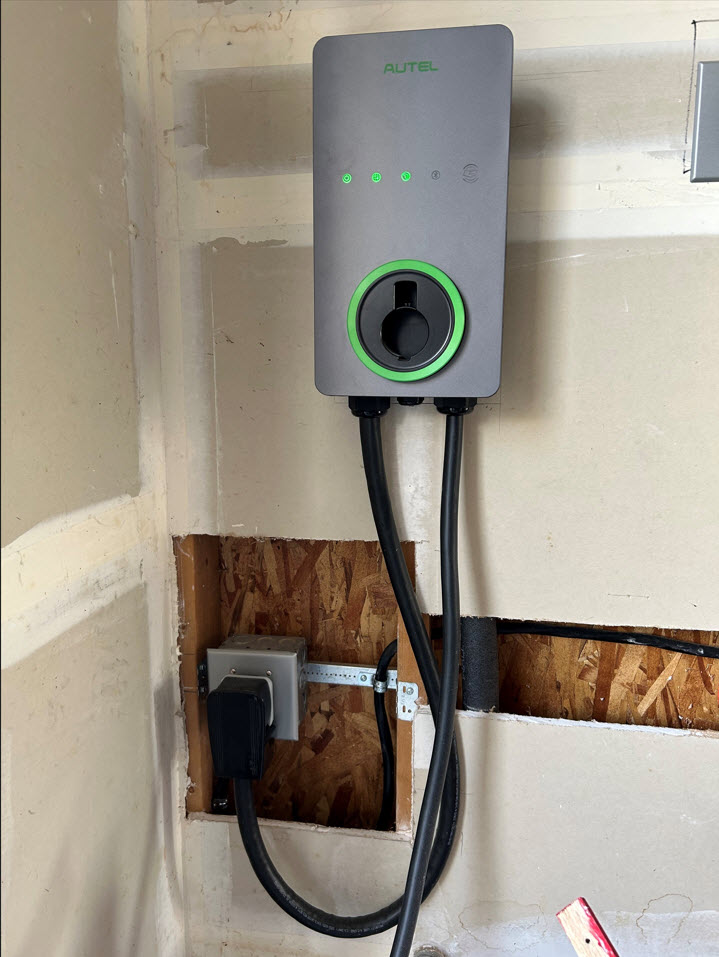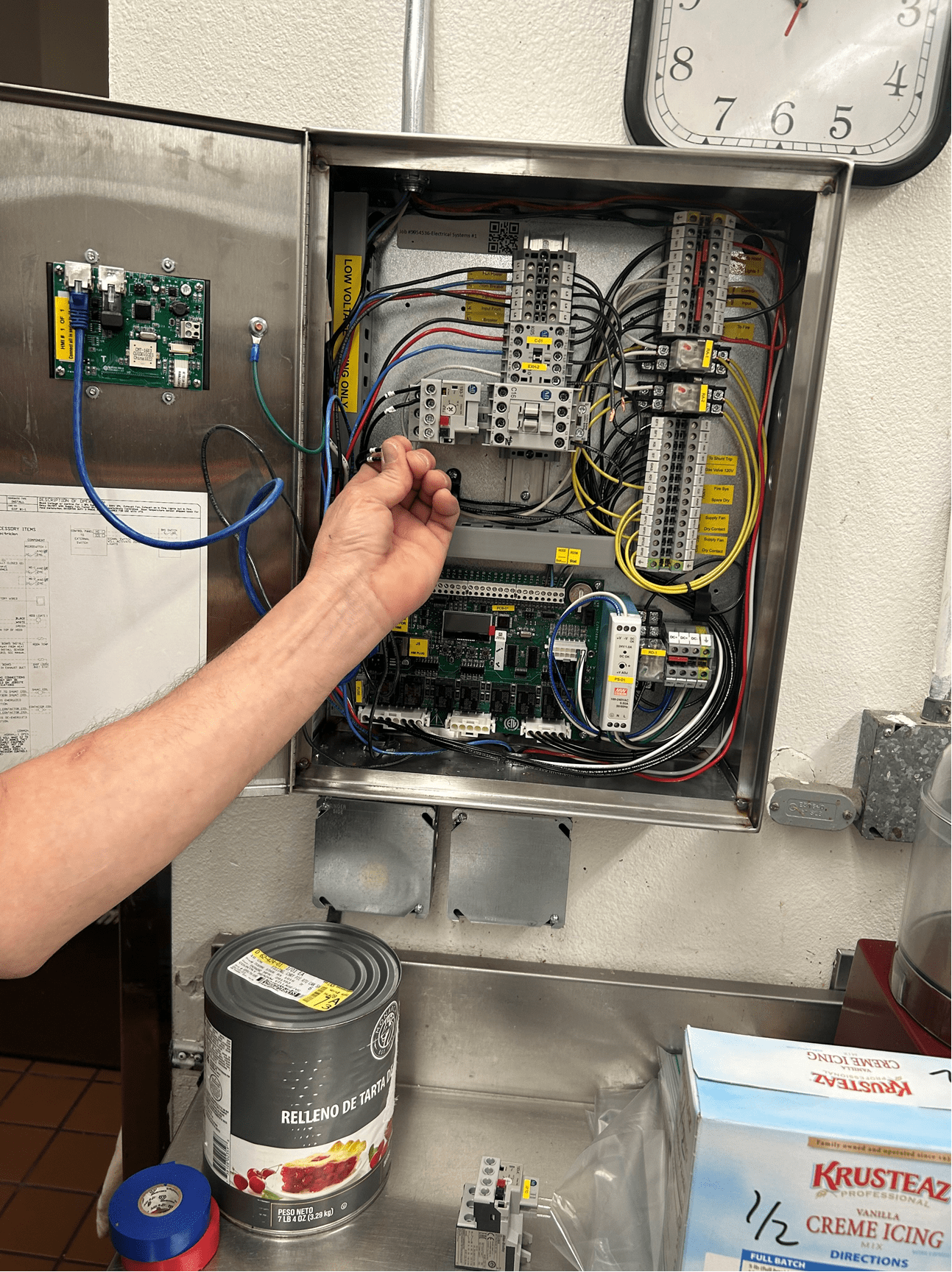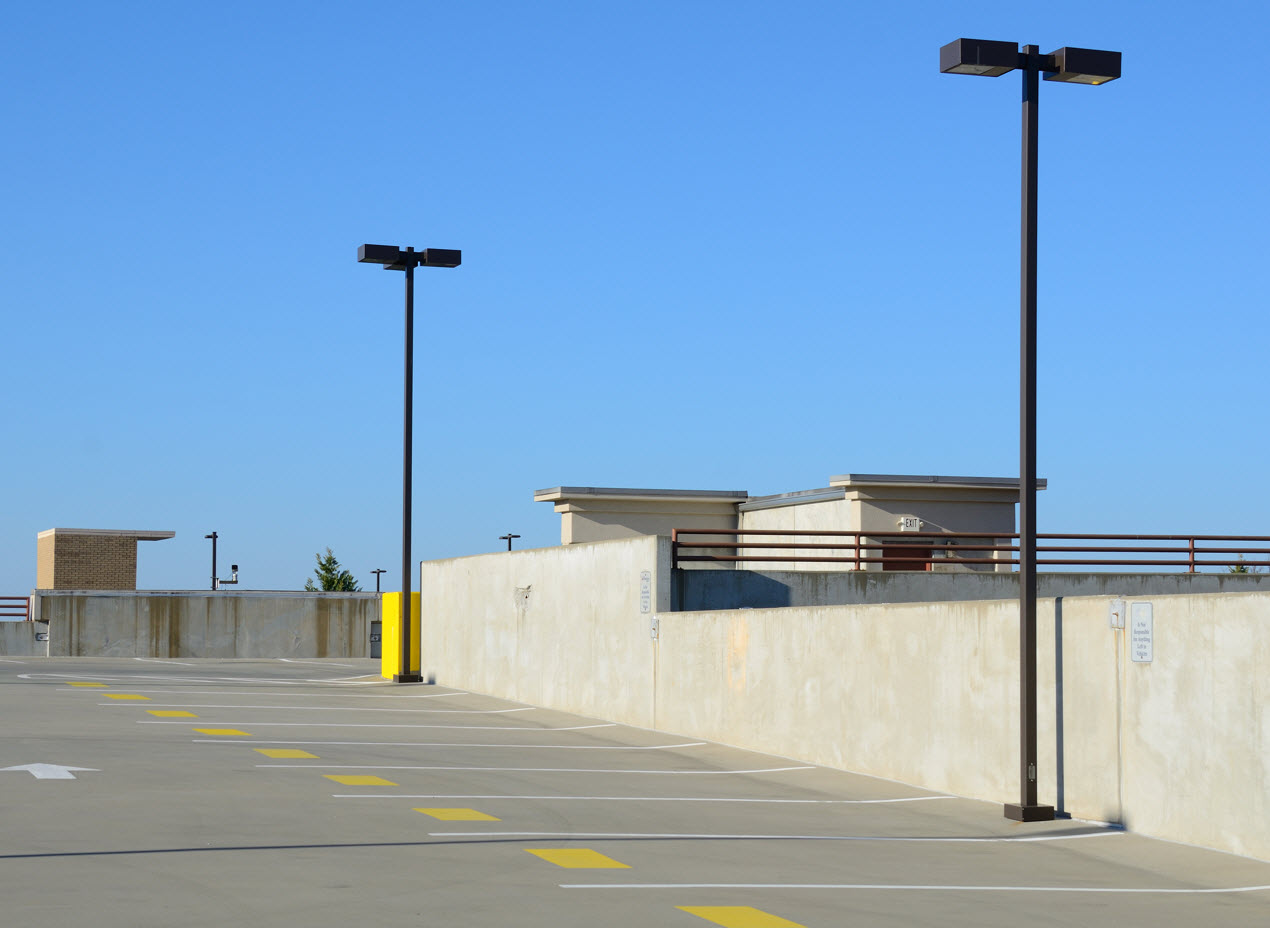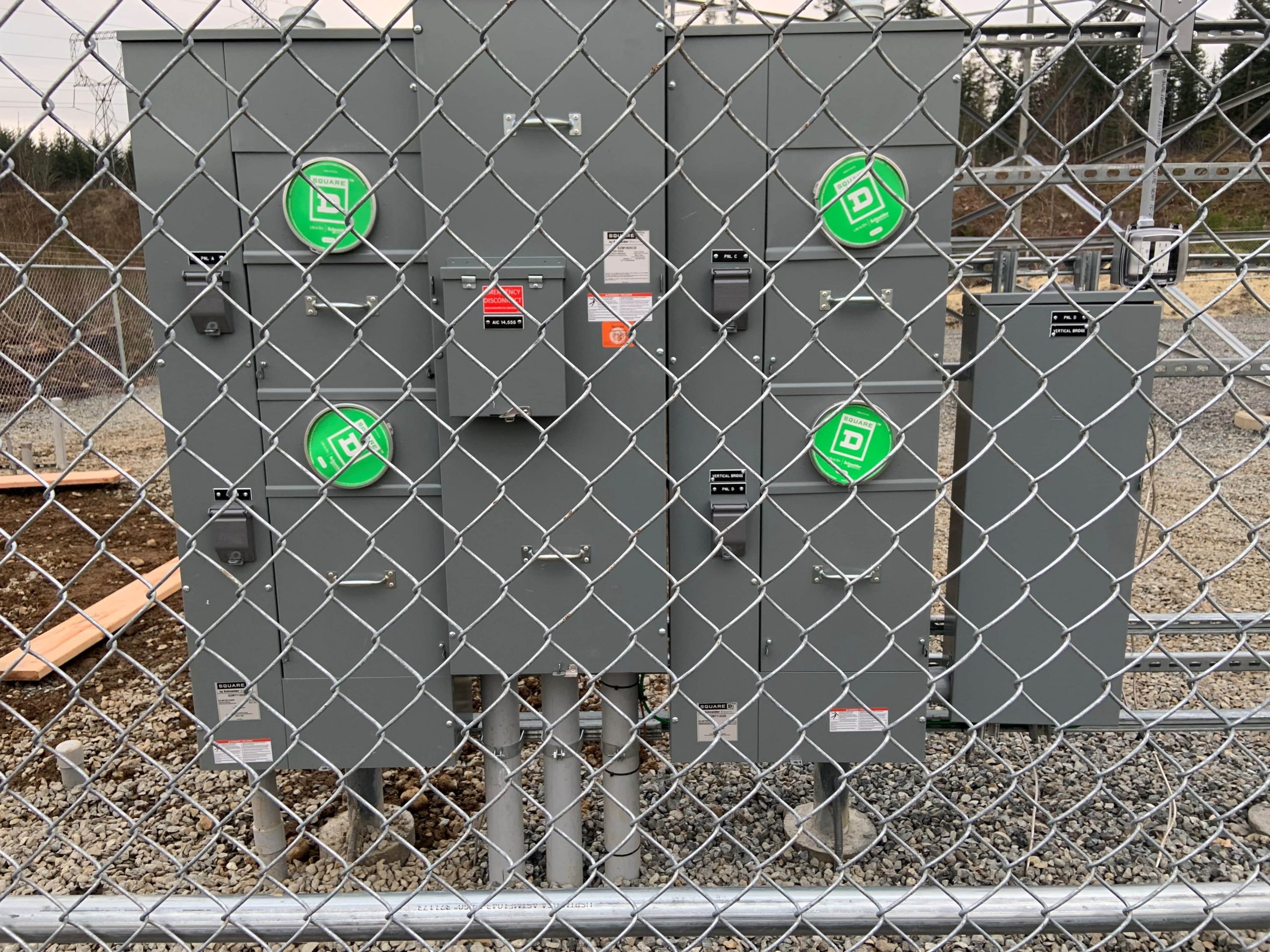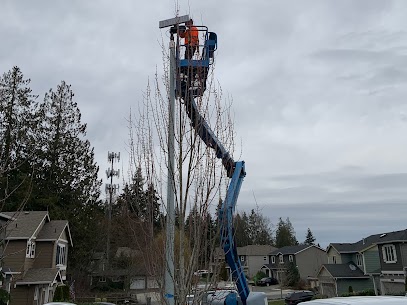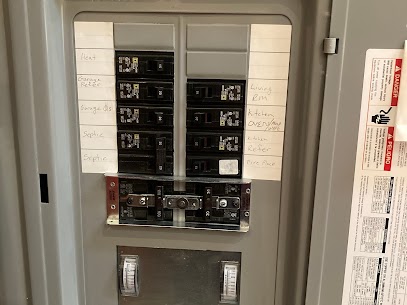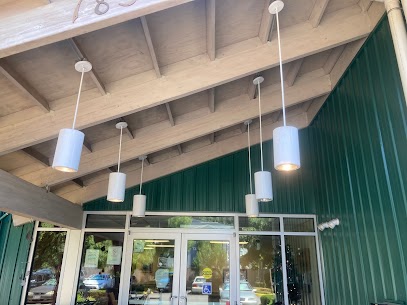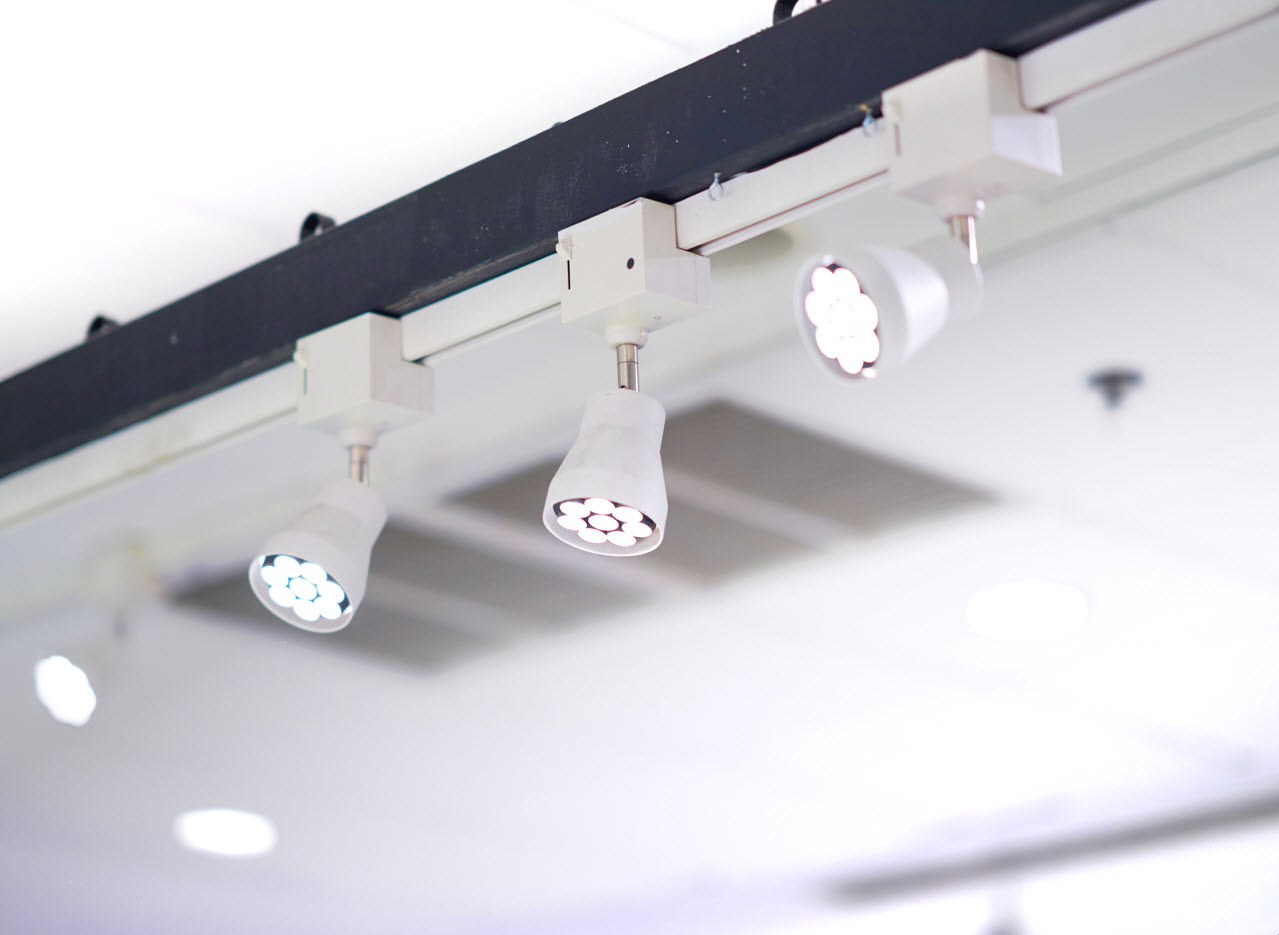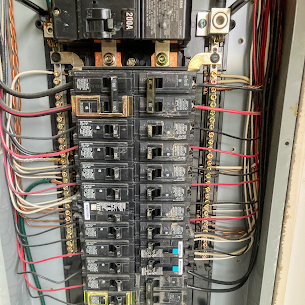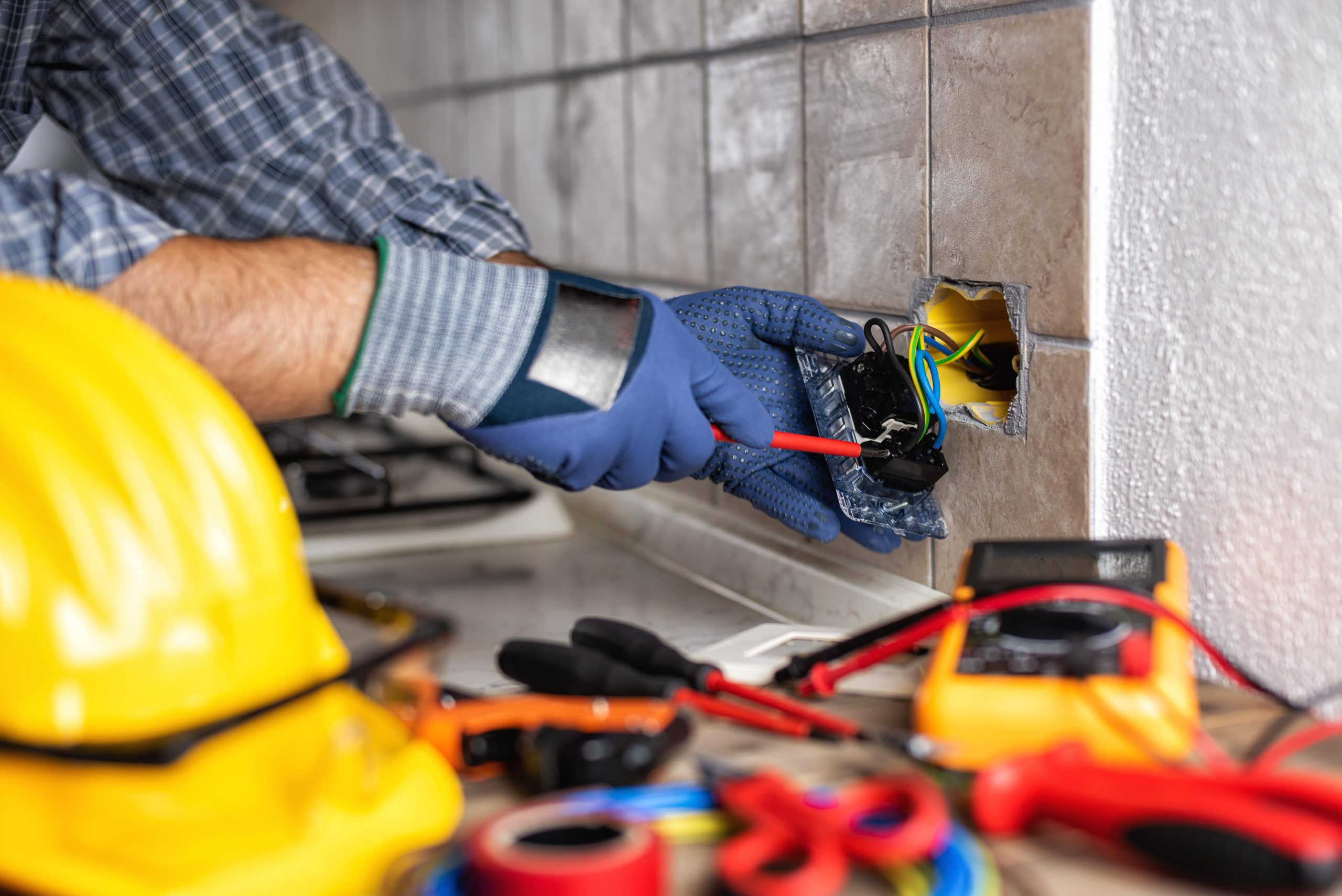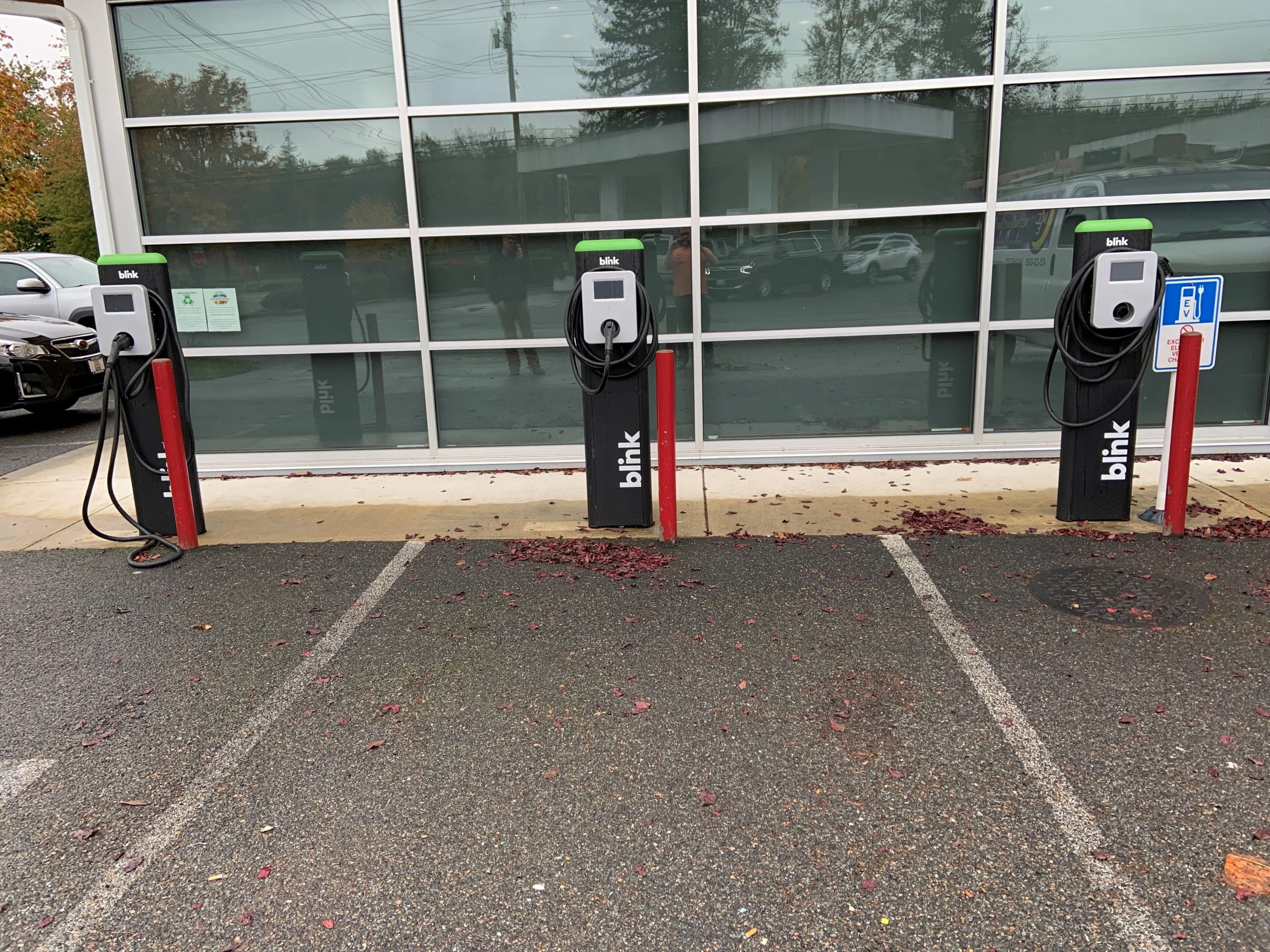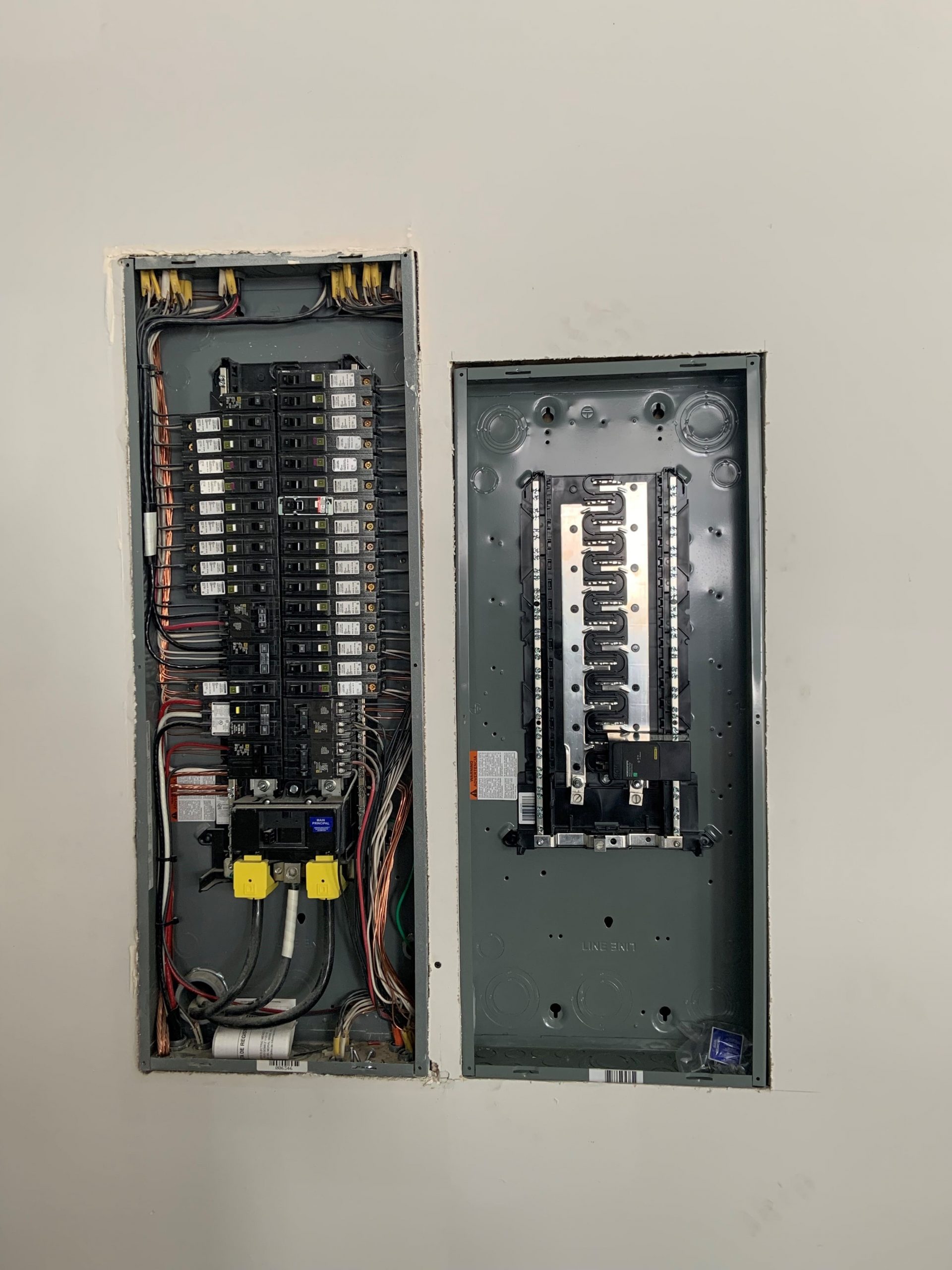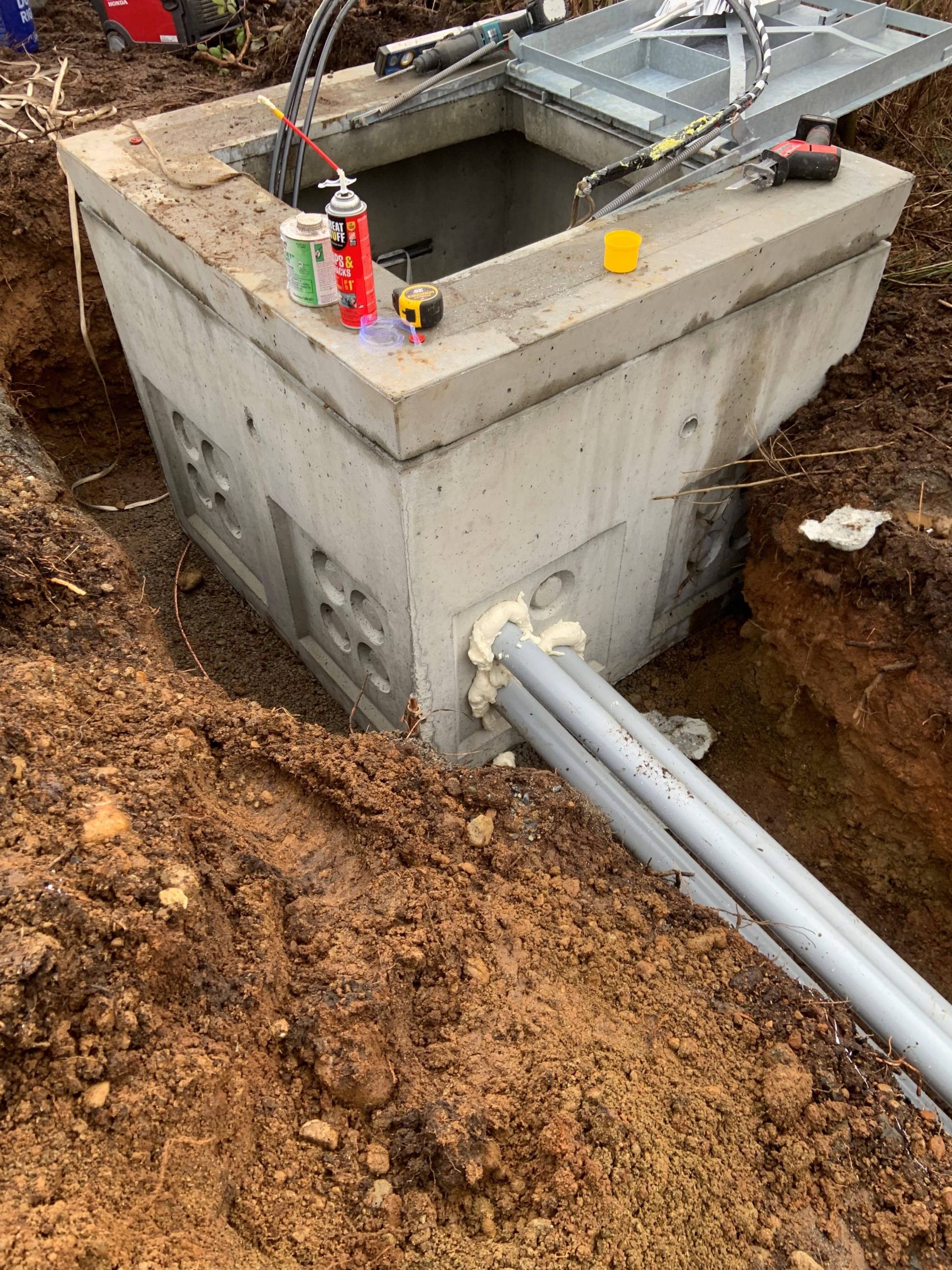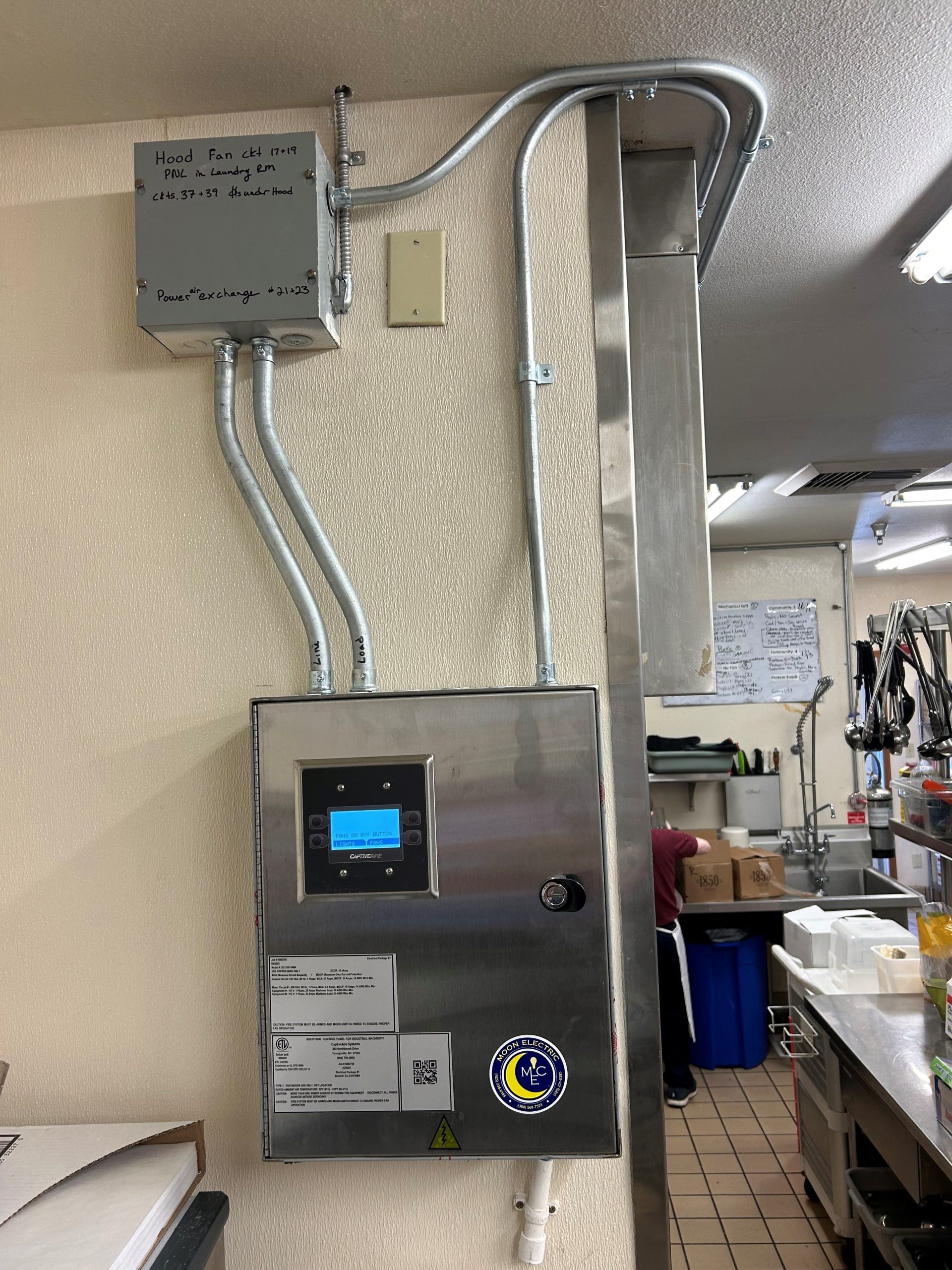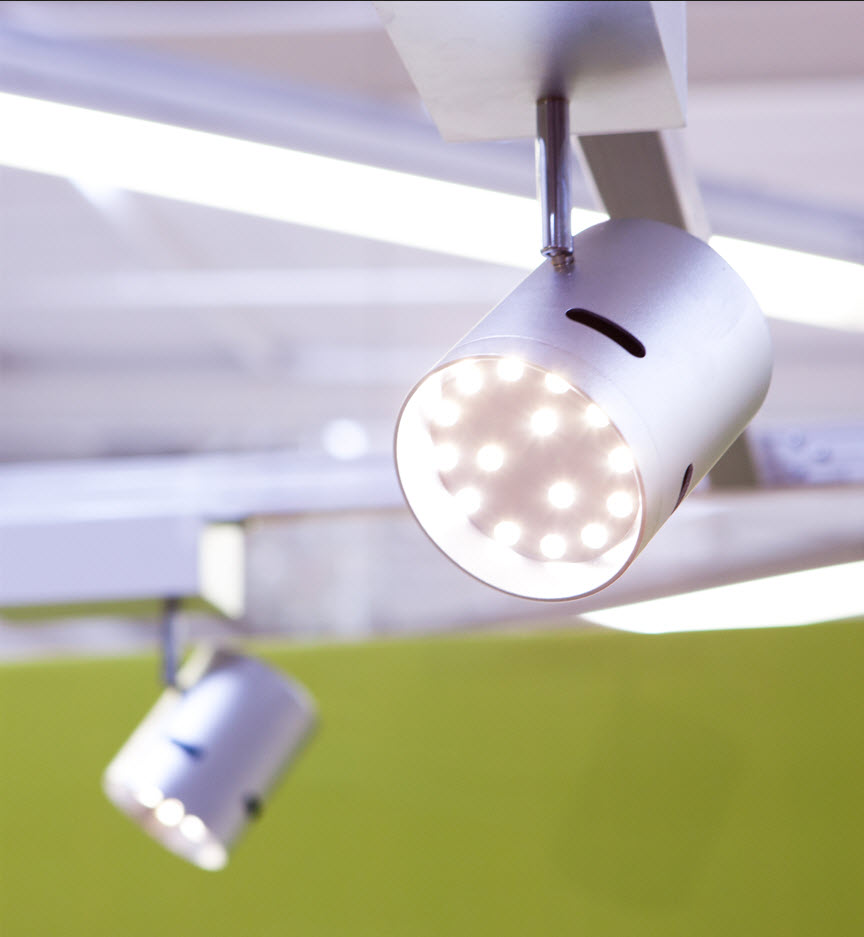
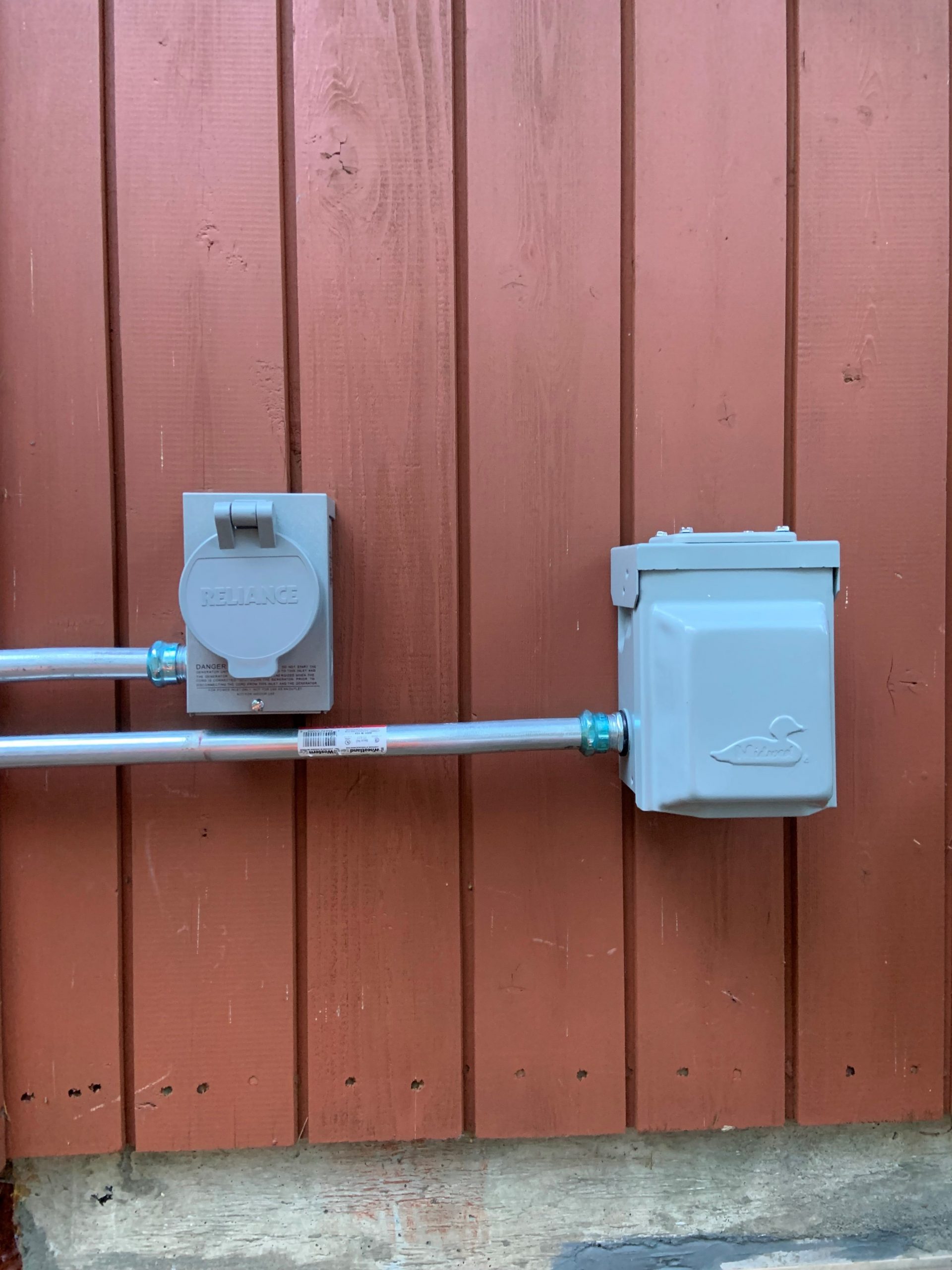
Generator transfer switch installation is a critical component of a reliable backup power system for residential or commercial spaces. Here are some key points to consider when it comes to generator transfer switch installation:
- Purpose of Transfer Switch: A generator transfer switch is designed to safely and seamlessly transfer the power source from the main utility supply to a backup generator during a power outage. It acts as a bridge between the utility power and the generator, ensuring that only one power source is connected to the electrical system at a time. This prevents backfeeding and protects utility workers from potentially dangerous situations.
- Automatic vs. Manual Transfer Switch: Transfer switches are available in both automatic and manual configurations. Automatic transfer switches (ATS) monitor the utility power and automatically initiate the transfer to the backup generator when an outage is detected. Manual transfer switches require manual intervention to switch between power sources. The choice between automatic and manual transfer switches depends on factors such as budget, convenience, and the specific needs of the space.
- Essential vs. Whole-House Transfer Switch: Transfer switches can be installed to provide backup power to essential circuits or to the entire electrical system. Essential circuit transfer switches are typically used for critical loads such as refrigeration, lighting, heating, and medical equipment. Whole-house transfer switches are designed to provide backup power to the entire electrical system, allowing you to power all circuits in your home or business.
- Proper Sizing: It is crucial to properly size the transfer switch to match the power capacity of your generator and the electrical load you intend to support during an outage. Our electricians can help determine the appropriate size based on factors such as the generator’s output capacity, the total electrical load, and any specific power requirements of essential equipment or appliances.
- Installation Considerations: Generator transfer switch installation should be carried out by a qualified electrician familiar with electrical codes and safety requirements. We will ensure proper wiring, grounding, and coordination with the existing electrical system. The transfer switch is typically installed near the main electrical panel or service entrance, and the installation process may involve electrical modifications, such as adding a subpanel or making adjustments to the circuitry.
- Safety Measures: Generator transfer switches are equipped with safety features to prevent accidental power backfeeding, which can pose risks to utility workers and damage electrical equipment. These switches have interlocking mechanisms that ensure only one power source can be connected at a time. Proper grounding and labeling of the switch are also essential for safety and ease of operation.
- Regular Maintenance: It is important to maintain and test the generator transfer switch periodically to ensure its proper functioning. Routine maintenance may involve inspecting and cleaning the switch, verifying connections, and testing the transfer operation. Consult the manufacturer’s guidelines and consider scheduling professional maintenance to keep the transfer switch in optimal condition.
Generator transfer switch installation is a task best left to professionals due to the technical expertise required and the importance of a reliable backup power system. Moon Electric Co can help ensure a safe and efficient installation, providing you with peace of mind during power outages. Contact us today at (425) 238-8185

